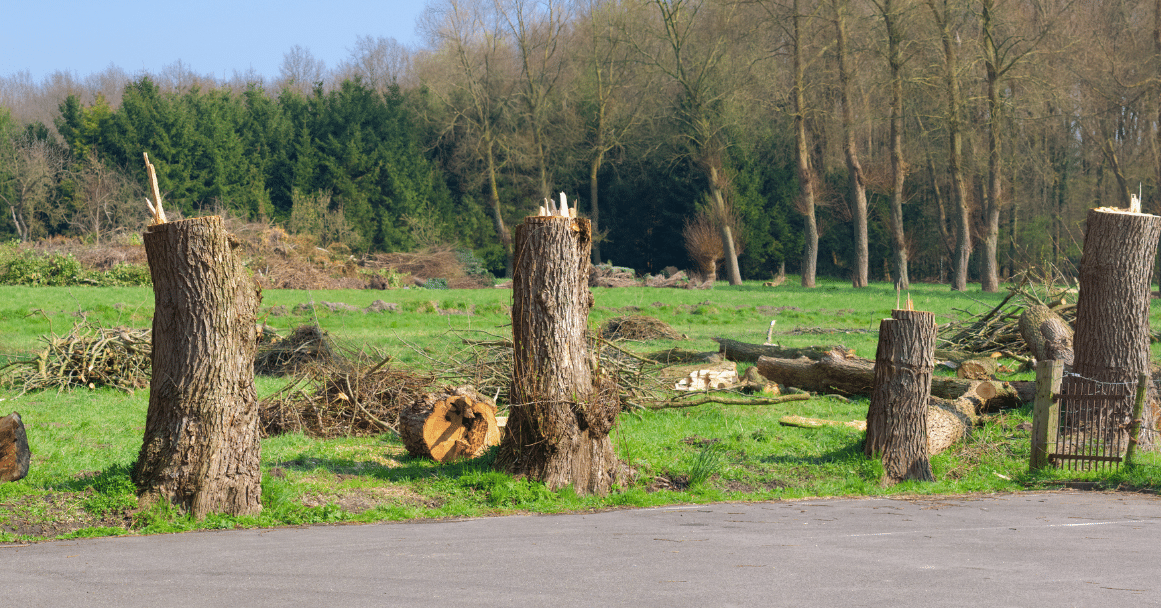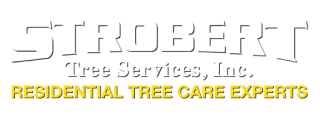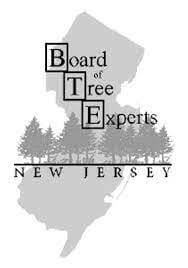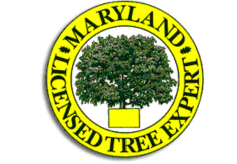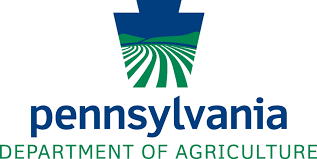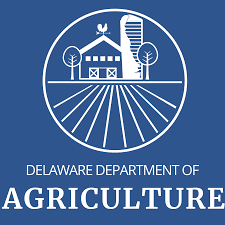A leaning trunk. Browning leaves. Dead branches dropping in the yard. When a tree starts showing signs of trouble, it’s natural to think the safest option is to cut it down. But in many cases, removal isn’t the only - or even the best - solution.
Certified arborists are trained to see beyond the surface symptoms. Where an untrained eye might see a “danger tree,” we see a set of clues that can point toward recovery, reinforcement, or removal. By carefully assessing the tree’s health, structure, and surroundings, we can help homeowners make the right call - one that balances safety, property value, and the long-term benefits trees provide.
In Delaware and southeastern Pennsylvania, where mature oaks, maples, and ornamental species add beauty and shade to neighborhoods, preserving a tree when possible can mean decades more enjoyment. But knowing when to save a tree and when to let it go takes skill, experience, and the right tools.
What We Check During a Tree Health Assessment
A proper tree evaluation goes far beyond glancing at a few dead branches. At Strobert Tree Services, our certified arborists follow a systematic process to understand what’s really happening inside and around the tree.
1. Structural stability – We look for cracks in the trunk, root damage, and weak branch unions that could cause sudden failure.
2. Leaf and bark condition – Discoloration, spotting, or peeling bark can signal disease, pest infestations, or environmental stress.
3. Soil and root health – Compacted soil, poor drainage, or girdling roots can weaken a tree from below.
4. Signs of pests or disease – From emerald ash borer tunnels to fungal fruiting bodies, early detection can save a tree from decline.
5. Surrounding hazards – We evaluate how close the tree is to structures, driveways, play areas, or power lines to gauge risk.
This thorough inspection gives us the facts needed to recommend the safest and most cost-effective path forward - whether that’s targeted pruning, pest treatment, cabling and bracing, or in some cases, removal.
Alternatives to Removal
Cutting a tree down is permanent - but in many cases, it’s not the only option. Our goal is always to preserve a healthy or recoverable tree whenever it’s safe to do so. Depending on the diagnosis, we may recommend:
- Pruning – Removing dead, diseased, or crossing branches to improve structure, light flow, and airflow.
- Cabling and bracing – Installing high-strength support systems to stabilize weak limbs or trunks.
- Pest and disease treatment – Targeted applications to stop infestations or infections before they spread.
- Soil and root care – Aerating compacted soil, improving drainage, and applying deep root fertilization to boost long-term health.
These approaches can extend a tree’s life by years or even decades, keeping its shade, beauty, and property value intact. And in many Delaware and Pennsylvania neighborhoods - where mature trees are a defining part of the landscape - saving a well-established tree can mean preserving a piece of the community’s character that’s taken decades to grow.
Knowing the species in your yard and how they respond to our climate is key - read more about local tree risks and seasonal challenges.
Why Assessment Matters
Removing a tree isn’t just about losing shade - it can change the character of your property, affect curb appeal, and even impact your home’s energy efficiency. Once it’s gone, it’s gone for good.
A professional assessment ensures you’re making that decision with the full picture in mind. Certified arborists can identify structural risks you can’t see from the ground, recognize diseases in early stages, and recommend solutions that might save the tree and spare you the cost of removal.
Even if you’re considering doing the work yourself, learn why DIY tree removal is riskier than you think.
At Strobert Tree Services, every recommendation is backed by decades of local experience and a commitment to doing what’s best for both your safety and your property. We’ve helped homeowners throughout Wilmington, Newark, Dover, West Chester, Media, and beyond preserve trees they thought were beyond saving - and we’ve also removed hazardous trees before they could cause damage. Knowing the difference is what makes our team invaluable.
Schedule Your Tree Health Assessment
Before you decide to cut down a tree, get the facts from a certified arborist. Our team will inspect your tree from canopy to roots, explain your options in plain language, and recommend the safest, most cost-effective solution.
Whether you’re in Wilmington, Newark, Dover, or across the state line in places like West Chester or Media, you’ll have the confidence of knowing you made the right call - whether that’s preservation or removal.
Call 1-800-TREE-SERVICE to schedule your free tree assessment today.




